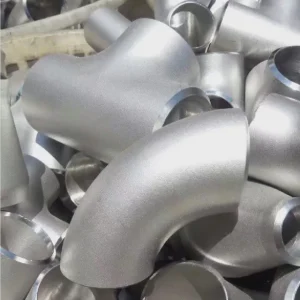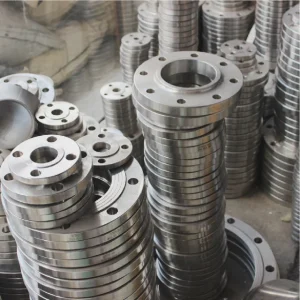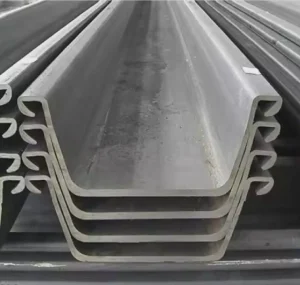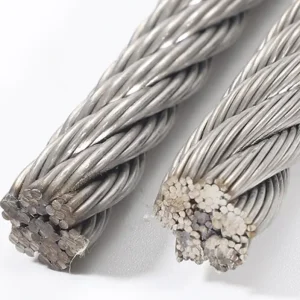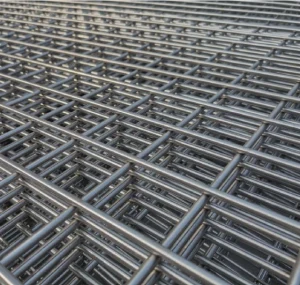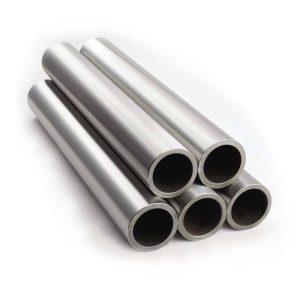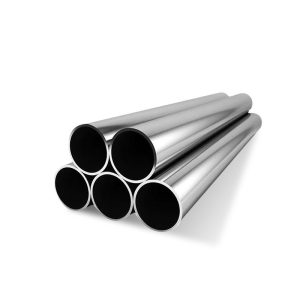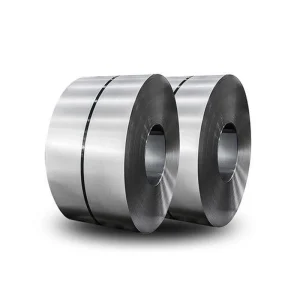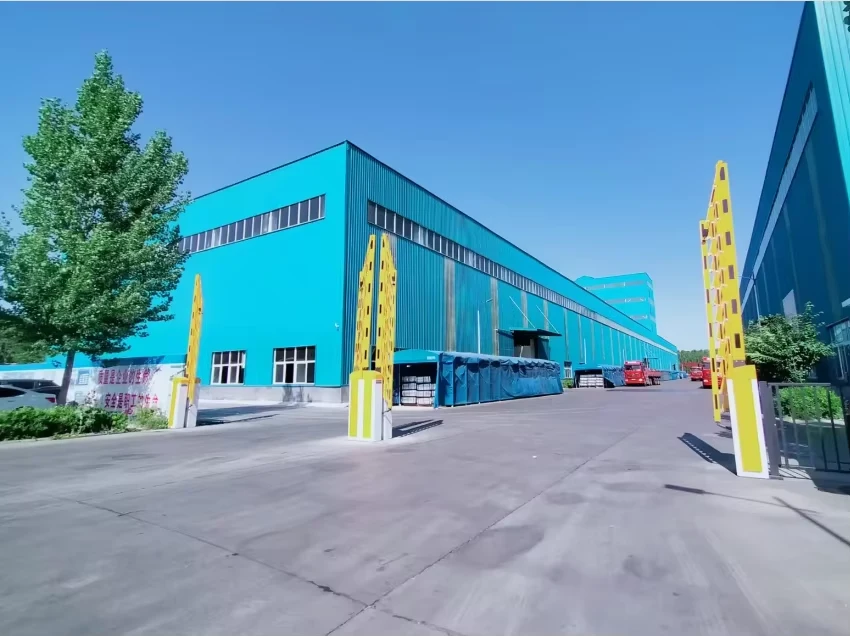The 5083 aluminum pipe is one of the most sought-after materials in various industries due to its excellent resistance to corrosion, high strength, and outstanding weldability. As a highly durable and versatile material, it is commonly used in marine, automotive, aerospace, and industrial applications. The price of 5083 aluminum pipe in 2025 is influenced by several factors, including raw material costs, demand in key industries, manufacturing methods, and global trade conditions. In this article, we will delve into these factors and provide a global price comparison, along with a deeper look into the key characteristics, uses, and advantages of 5083 aluminum pipe.
1. Understanding 5083 Aluminum Pipe
5083 aluminum is part of the 5000 series aluminum alloys, primarily composed of aluminum, magnesium, and small amounts of manganese, chromium, and copper. Its unique composition gives it properties that make it resistant to seawater corrosion and suitable for applications in marine environments. The alloy has a high strength-to-weight ratio, making it an ideal material for structural applications. The 5083 aluminum pipe is formed through extrusion or other manufacturing processes and is known for its ability to withstand extreme environmental conditions.
2. Price Influencing Factors
The price of 5083 aluminum pipe is influenced by several key factors that are interconnected with the overall economic environment, industry demand, and supply chain challenges. These include:
-
Raw Material Costs: The price of primary materials such as bauxite, which is processed into aluminum, significantly impacts the cost of 5083 aluminum pipes. Any fluctuations in the prices of raw materials can directly affect the final product.
-
Manufacturing Process: The complexity and quality of the manufacturing process—whether it involves extrusion, casting, or forging—can influence the cost. High-precision processes or custom orders tend to increase the overall price.
-
Demand in Key Industries: Major consumers of 5083 aluminum pipes, such as the marine, automotive, and aerospace industries, play a large role in setting market prices. Increased demand in any of these sectors can lead to price hikes.
-
Global Economic Conditions: Economic stability, inflation, and geopolitical factors can influence global trade and logistics, thereby affecting the cost of aluminum products.

3. Global Price Comparison
The price of 5083 aluminum pipes varies depending on location and market conditions. Below is a global price comparison table for 2025:
| Region | Price (USD per ton) |
|---|---|
| North America | $3,300 - $3,800 |
| Europe | $3,500 - $4,000 |
| China | $2,900 - $3,400 |
| Middle East | $3,200 - $3,700 |
| Southeast Asia | $3,000 - $3,500 |
These prices are approximations and can fluctuate due to changes in raw material costs, demand, and the economic climate in each region.
4. Applications of 5083 Aluminum Pipe
Due to its corrosion resistance, strength, and light weight, the 5083 aluminum pipe is used across various sectors. Key applications include:
-
Marine Industry: 5083 aluminum pipes are widely used in shipbuilding, offshore oil rigs, and other marine structures. Their resistance to seawater corrosion makes them an ideal choice for these environments.
-
Aerospace Industry: The aerospace industry uses 5083 aluminum pipes for structural components that require both high strength and light weight.
-
Automotive Sector: The automotive industry utilizes 5083 aluminum pipes for lightweight vehicle frames, fuel systems, and parts that need to withstand harsh conditions.
-
Industrial Applications: In addition to the marine and aerospace sectors, 5083 aluminum pipes are also used in heat exchangers, pressure vessels, and tanks.
5. Advantages of 5083 Aluminum Pipe
The benefits of 5083 aluminum pipe over other materials make it a preferred choice in demanding applications. These include:
-
Corrosion Resistance: Its resistance to saltwater corrosion and other harsh environments makes it ideal for marine and chemical processing applications.
-
High Strength: With a high tensile strength, 5083 aluminum offers durability without the weight of traditional steel.
-
Excellent Weldability: This alloy is easy to weld, making it versatile for many fabrication processes.
-
Light Weight: Compared to steel, aluminum is significantly lighter, which reduces transportation costs and makes it easier to handle and install.
-
Formability: 5083 aluminum can be easily shaped into pipes and other complex forms without compromising its strength.
6. Global Market Trends for 2025
The aluminum market, including 5083 aluminum pipe, is subject to a variety of trends that could affect pricing in 2025:
-
Sustainability: As industries increasingly focus on sustainability, the demand for recycled aluminum has grown. This trend is expected to reduce the reliance on primary aluminum production, potentially influencing prices.
-
Technological Advancements: New manufacturing techniques that improve efficiency or quality can impact the cost of producing 5083 aluminum pipes, potentially lowering prices for high-quality products.
-
Trade Policies: Trade policies, tariffs, and regulations in key countries such as the U.S., China, and the EU can affect the global supply and pricing of aluminum products.
7. Challenges in the 5083 Aluminum Pipe Market
While the 5083 aluminum pipe market is generally stable, several challenges could arise in 2025:
-
Supply Chain Issues: Global supply chain disruptions, such as those seen in recent years, can lead to material shortages and price volatility.
-
Raw Material Price Fluctuations: Changes in the prices of primary aluminum and other raw materials can drive up production costs, which may be passed on to the consumer.
-
Environmental Regulations: Stricter environmental standards and regulations in major markets could lead to higher production costs for manufacturers of 5083 aluminum pipes.
8. FAQs
-
What is the typical tensile strength of 5083 aluminum pipe?
The tensile strength of 5083 aluminum pipe typically ranges from 40,000 to 50,000 psi, depending on the specific treatment and alloy composition. -
Can 5083 aluminum pipe be used in corrosive environments?
Yes, 5083 aluminum is highly resistant to corrosion, making it ideal for use in marine, chemical, and industrial environments. -
How does the price of 5083 aluminum pipe compare to other alloys?
5083 aluminum pipe tends to be more expensive than other aluminum alloys like 6061 due to its superior corrosion resistance and strength, especially in marine environments. -
Is 5083 aluminum pipe suitable for welding?
Yes, 5083 aluminum is known for its excellent weldability, which makes it a popular choice for custom fabrication and repair work. -
What are the primary applications of 5083 aluminum pipe?
5083 aluminum pipe is used in a variety of industries, including marine, aerospace, automotive, and industrial sectors due to its strength, corrosion resistance, and formability.
Conclusion
In summary, 5083 aluminum pipe is an essential material in various industries, especially where strength and corrosion resistance are crucial. The price of 5083 aluminum pipe in 2025 will continue to be influenced by factors such as raw material costs, demand from key sectors, and global economic conditions. As the world moves toward more sustainable practices and technology continues to advance, the market for 5083 aluminum pipe is expected to evolve, offering opportunities for both cost savings and innovation.



